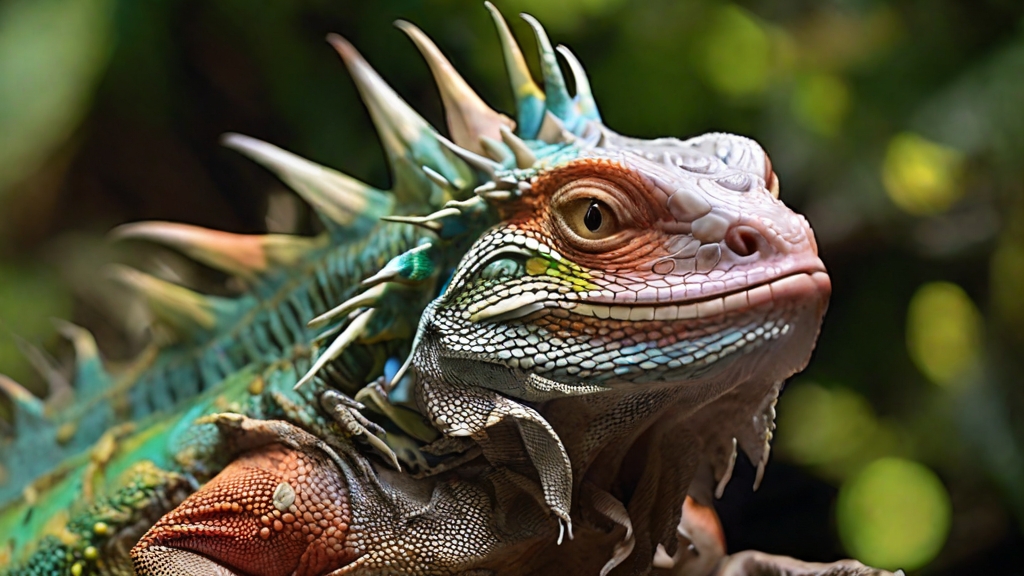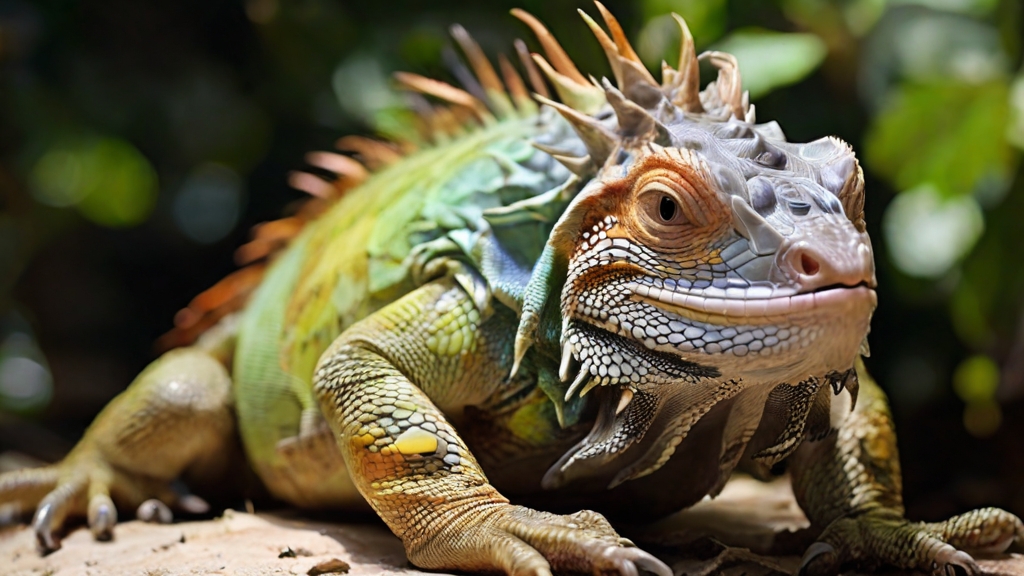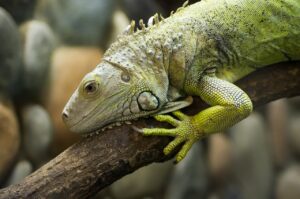Florida is known for its diverse wildlife population, but one species that has become a concern in recent years is the green iguana. These large, green reptiles are not native to Florida but were introduced as pets that were released or escaped into the wild.
Their population has grown significantly, which has led to concerns about their impact on the local ecosystem and infrastructure.
This article will explore the importance of quantifying the iguana population in Florida and the methods used to do so.
Understanding the importance of quantifying iguanas in Florida
Quantifying the iguana population in Florida is crucial for several reasons. First, it helps wildlife management authorities to understand the scope of the problem and develop effective strategies to control the population.
Second, it helps researchers to study the behavior and habitat of iguanas, which can provide insight into their impact on the ecosystem.
Finally, it helps property owners to assess the risk of damage caused by iguanas, such as their tendency to dig burrows that can damage infrastructure and landscapes.
Methods
To quantify the iguana population in Florida, a combination of methods was used, including studying iguanas and mapping their habitats, and using technology to count iguanas.
Studying iguanas and mapping their habitats
Researchers first conduct a survey of areas known to have iguanas or where they are suspected to live, such as parks, golf courses, and residential areas.
They search for signs of iguanas, such as burrows, feeding sites, and basking areas. They also use GPS technology to map the areas where iguanas are found and identify their preferred habitats.
Using technology to count iguanas
Researchers also use technology to count iguanas, such as drones equipped with thermal imaging cameras that can detect the body heat of iguanas.
This method is particularly useful for counting iguanas in hard-to-reach areas or areas with dense vegetation. Other methods include visual surveys, trap-and-release programs, and monitoring iguana populations over time.
Results
The results of these studies have revealed important insights into the actual iguana population in Florida and the factors affecting their population growth and decline.
Discovering the actual iguana population in Florida
Based on the studies conducted, it is estimated that there are over 2 million iguanas living in Florida. The population is concentrated in the southern part of the state, where the climate is warm and humid, and food sources are abundant.
The population has grown significantly in recent years, which has led to concerns about their impact on the local ecosystem and infrastructure.
Factors affecting iguana population growth and decline
The population growth and decline of iguanas are affected by several factors, including climate, habitat, food availability, and predation.
Iguanas thrive in warm, humid environments with plenty of food sources, such as fruit trees and ornamental plants. They are also vulnerable to predation by birds of prey and other predators, which can limit their population growth.
Discussion
The results of these studies have important implications for wildlife management authorities and property owners in Florida.
Wildlife management strategies to control iguana population
To control the population of iguanas in Florida, wildlife management authorities have implemented several strategies, including trap-and-release programs, targeted hunting, and public education campaigns.
These strategies aim to reduce the population of iguanas and minimize their impact on the local ecosystem and infrastructure.
Importance of addressing the iguana population issue
Addressing the iguana population issue in Florida is crucial for several reasons. First, iguanas can cause significant damage to infrastructure and landscapes, which can be costly to repair.
Second, they can compete with native species for resources, which can disrupt the local ecosystem. Finally, they can pose a health risk to humans, such as their tendency to carry salmonella bacteria.
Conclusion
In conclusion, quantifying the iguana population in Florida is important for understanding the scope of the problem and developing effective strategies to control the population.
The use of technology, such as drones and thermal imaging cameras, has enabled researchers to gain important insights into the behavior and habitat of iguanas.
Addressing the population issue is crucial for protecting the local ecosystem and infrastructure and minimizing the risk to human health.
References
[1] “Green Iguana.” Florida Fish and Wildlife Conservation Commission, 28 July 2021. https://myfwc.com/wildlifehabitats/nonnatives/reptiles/green-iguana/
[2] “Iguana Control in Florida.” University of Florida, Institute of Food and Agricultural Sciences, 2021. https://edis.ifas.ufl.edu/publication/uw441




